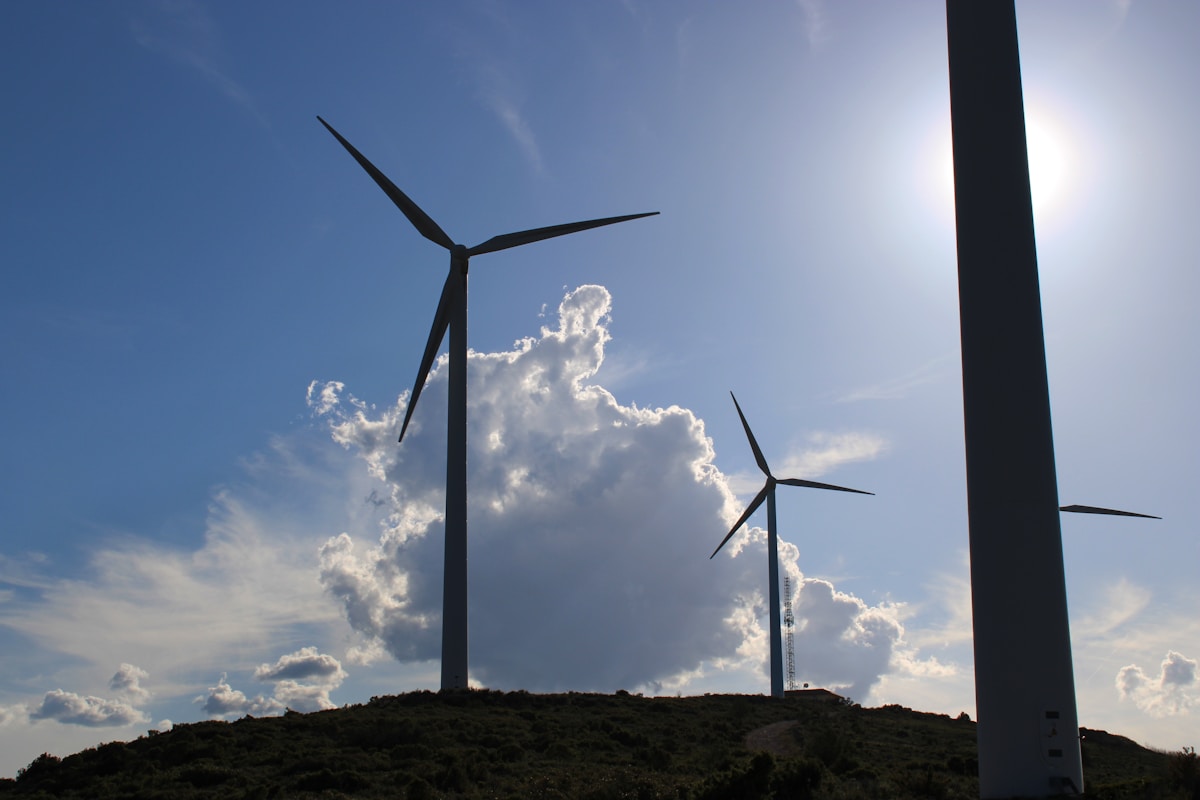Back to Industry News
Cleantech
EU Renewable Energy Goals Drive Storage Demand
Summary generated with AI, editor-reviewed
Heartspace News Desk

Photo by Ludovico Ceroseis on Unsplash
Key takeaways
- Brussels – The European Union aims for 42
- 5% renewable energy by 2030, a substantial increase from 2023's nearly 25% and 2010's 12
- Meeting this target requires significant energy storage advancements due to the intermittent nature of solar and wind power
Brussels – The European Union aims for 42.5% renewable energy by 2030, a substantial increase from 2023's nearly 25% and 2010's 12.5%. Meeting this target requires significant energy storage advancements due to the intermittent nature of solar and wind power. Battery storage costs have decreased 93% since 2010, facilitating wider adoption.
Pumped storage hydropower currently provides the largest share of global energy storage. The EU holds 46 GW of pumped hydro capacity, almost a quarter of the world's total. Electric vehicle sales and stationary storage systems are boosting battery demand. Over 620,000 electric vehicles were sold in the EU by early 2025, achieving a 21% market share.
The EU seeks to reduce its reliance on imported batteries, which currently account for about 50% of demand. Investments are planned to expand domestic battery production. The EU also ranks second globally in developing new energy storage technologies. The European Energy Storage Inventory tool was introduced to improve data analysis within the sector. These efforts support a sustainable battery industry and aim to minimize environmental impact, aligning with EU regulations.
Related Topics
renewable energyenergy storageEuropean Unionbattery technologyelectric vehiclespumped hydro
Want coverage like this for your company?
Local & industry wins build trusted proof, SEO/geo signals and prime national editors.
Check fit (2 min)